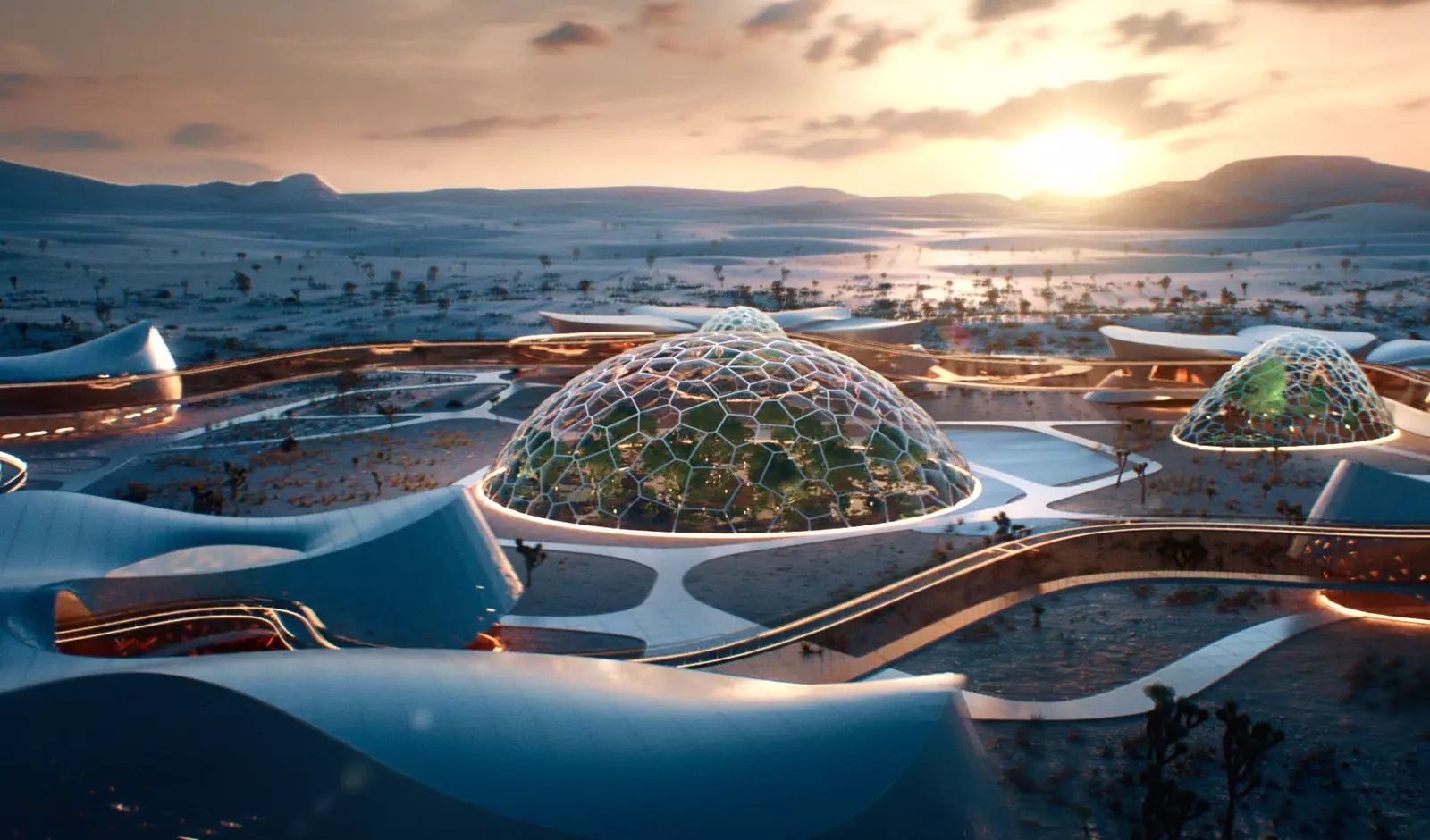
Living in the Mojave Desert with the feeling of being on Mars
Do you dream of traveling to space? Can you imagine living on Mars or planting a flag on the Moon? Your wishes may come true without even leaving the surface of the earth!
Interstellar Lab , a research studio based in Paris, is working on a project that will introduce the visitor to an authentic experience out of orbit.
Thus, the company founded by Barbara Belvisi , intends to build villages inspired by the space that will help astronauts prepare for life on Mars and can also be enjoyed by those tourists who wish to experience the simulation.
The first of these villages, called **EBIOS (Bioregenerative Experimental Station)**, will be located in California's Mojave desert.
If humans settled on Earth for the first time, what would the first base look like? That's what EBIOS is all about : a new beginning on Earth, with an eye on Mars.
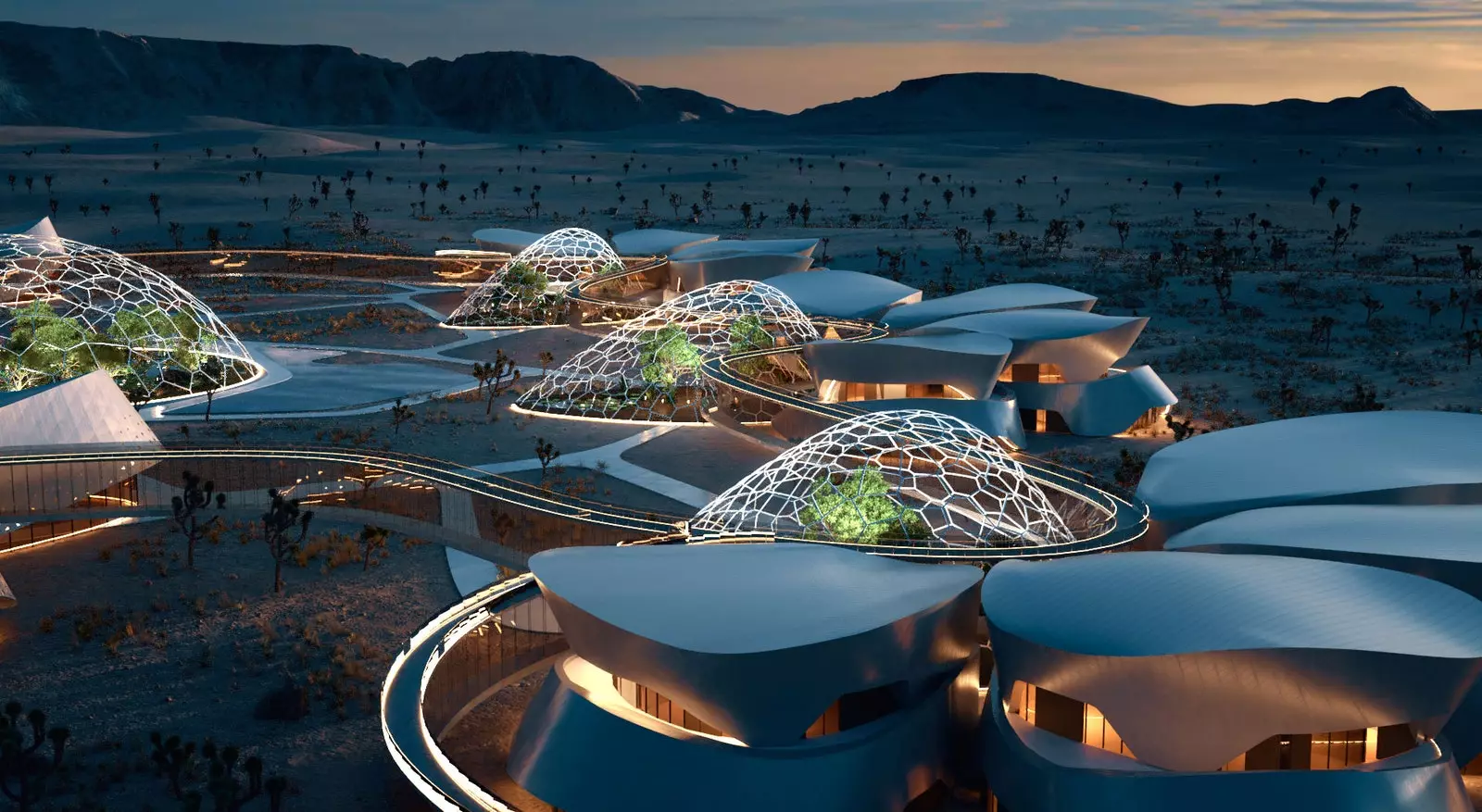
EBIOS, both on Earth and on Mars
IN THE MOJAVE AS ON MARS
The Interstellar Lab team has been working intensively on the development of new forms of habitats and solutions for future space settlement, with the current ground application.
Thus, after two years of R&D and collaborations with leading space entities, Interstellar Lab presents EBIOS, the first self-sustaining and bio-regenerative terrestrial village, to open in 2021.
“Our intention is to open ten stations in the next seven years. Each of them will be designed as a closed ecological system with food production (combining greenhouses and aeroponics), a water treatment system and a waste management system” , Barbara Belvisi tells Traveler.es
The first of these space villages will be installed **in the Mojave desert (California) **, will have an area of 70,000 square meters and it will be organized in three sections of habitats called flowers.
“Each flower will be able to house 35 people, it will have its own food production system in its 'heart' and the 'petals' will be the houses” Barbara explains. All these flowers will be connected to each other, as well as to the water and waste treatment system.
For the Mojave desert station they will build a wetland for water remediation in the center of the station and also “There will be an arts and leisure center, an astronaut training center and a science center with a module to experiment with new technologies, laboratories and testing facilities for bioreactors, new materials, 3D printing and life support technologies for space settlements”, continues the CEO of Interstellar Lab.
Why the Mojave Desert? "It's the perfect location for the first station in terms of weather, proximity to space partners, close to Los Angeles, and historically a place to test new space technologies," she concludes.
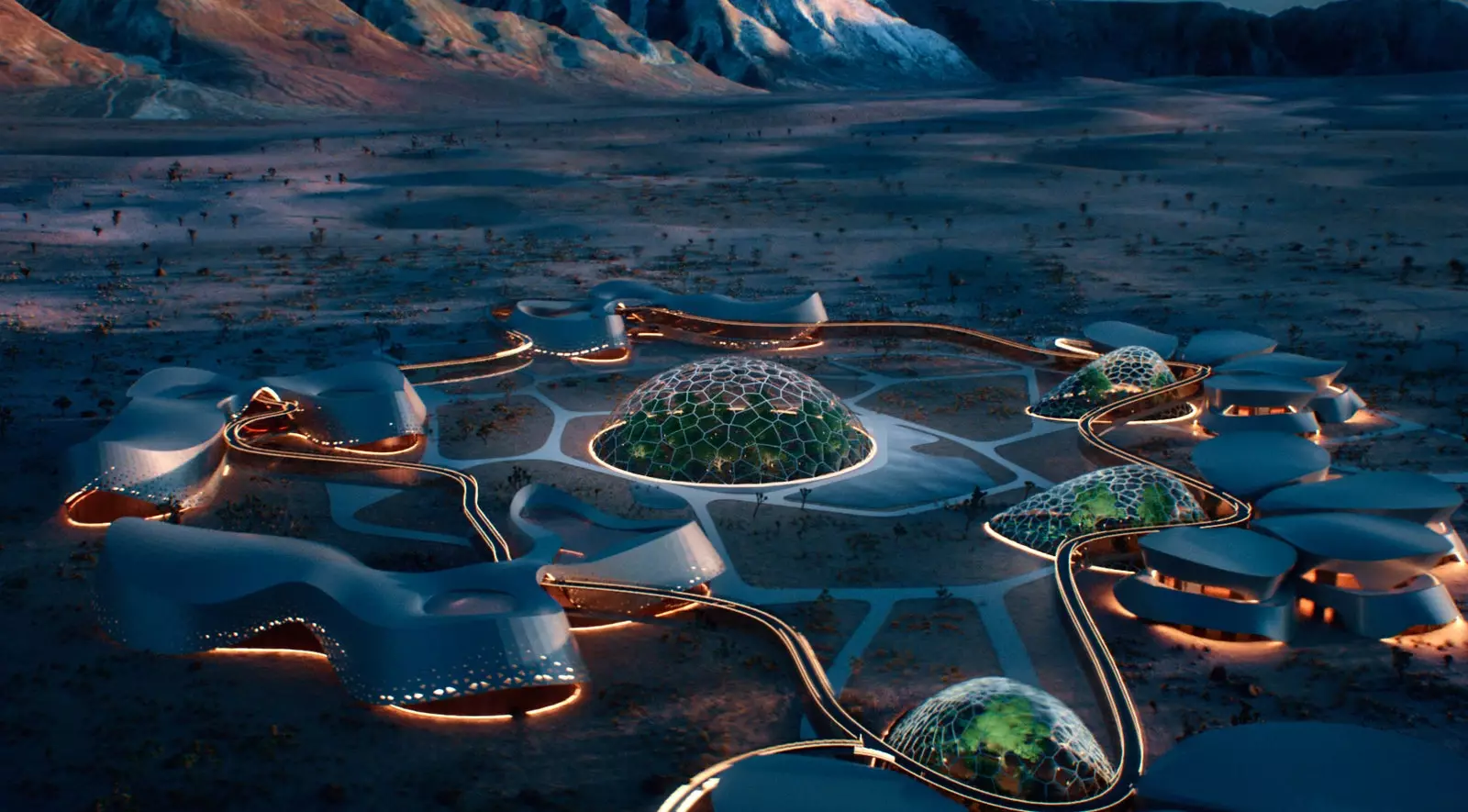
Astronauts and tourists: both are welcome!
ASTRONAUTS AND TOURISTS: ALL ARE WELCOME
EBIOS has a very clear objective: open the way to regenerative life on Earth and beyond. How? Through the use of space life support technologies to improve life on our planet.
The testing of space settlement technologies in a closed environment prepare astronauts and explorers for future settlements on Mars.
“Before building the complete village, we will develop a module designed for a team of 5 people that will start to be built in May 2020 for its opening and testing from August to September”, Barbara tells us.
EBIOS will be open to scientists, engineers and the general public. "Half of the year, it will be open to families, adventurers, students who want to contribute to building the world of tomorrow," says Barbara.
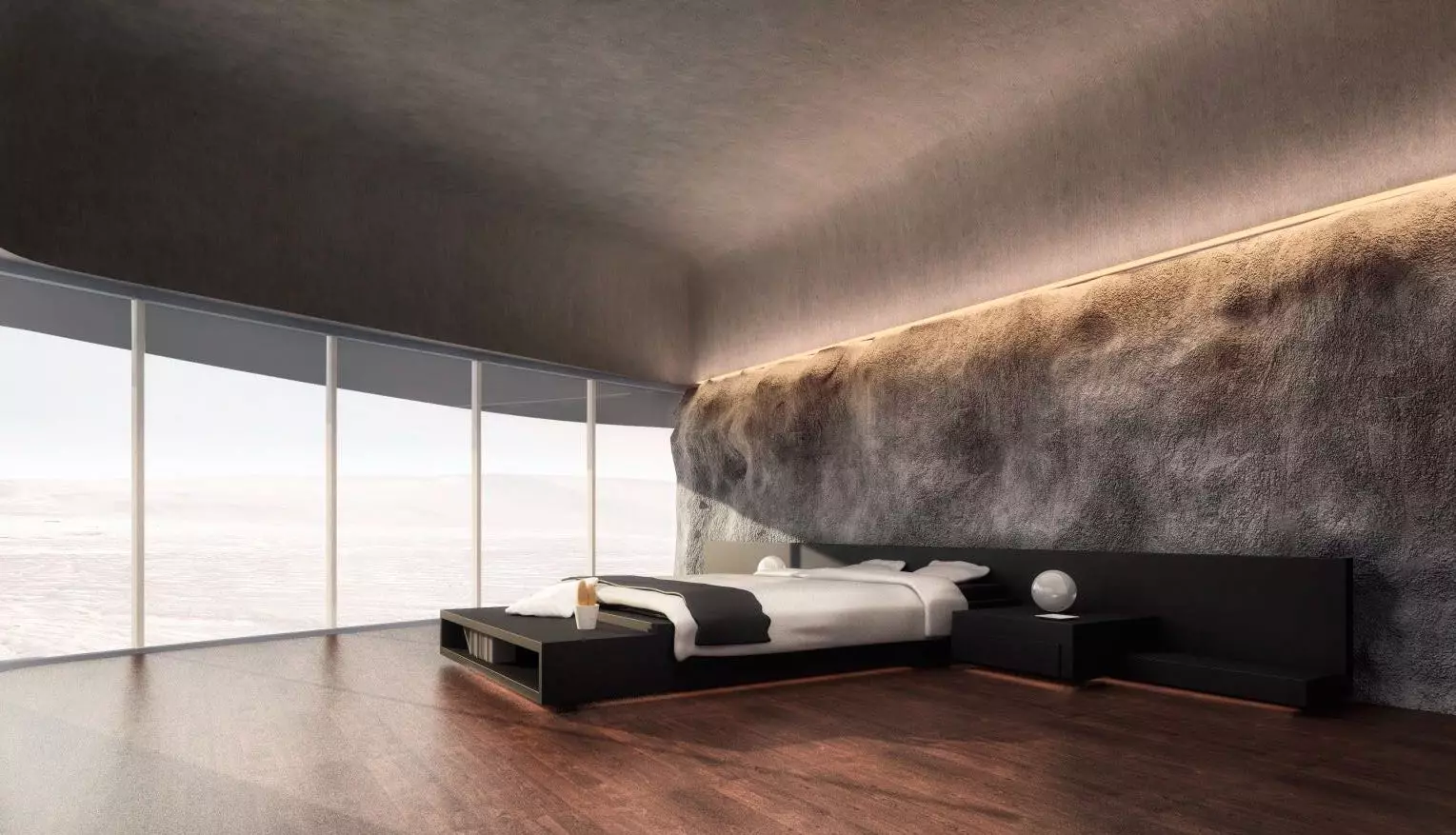
This is what it's like to sleep on Mars
“Our vision is a combination of EPCOT (according to Walt Disney's vision) and Biosphere 2,” Barbara clarifies.
And she continues: “EBIOS stations are spaces where everyone can let their imagination fly and contribute to building a future full of hope and life”, she states.
Regarding the price, "we offer a weekly stay with specific programs that It goes from 3,000 to 10,000 dollars a week –that is, from 2,700 to about 9,000 euros–, all included” Barbara points out.
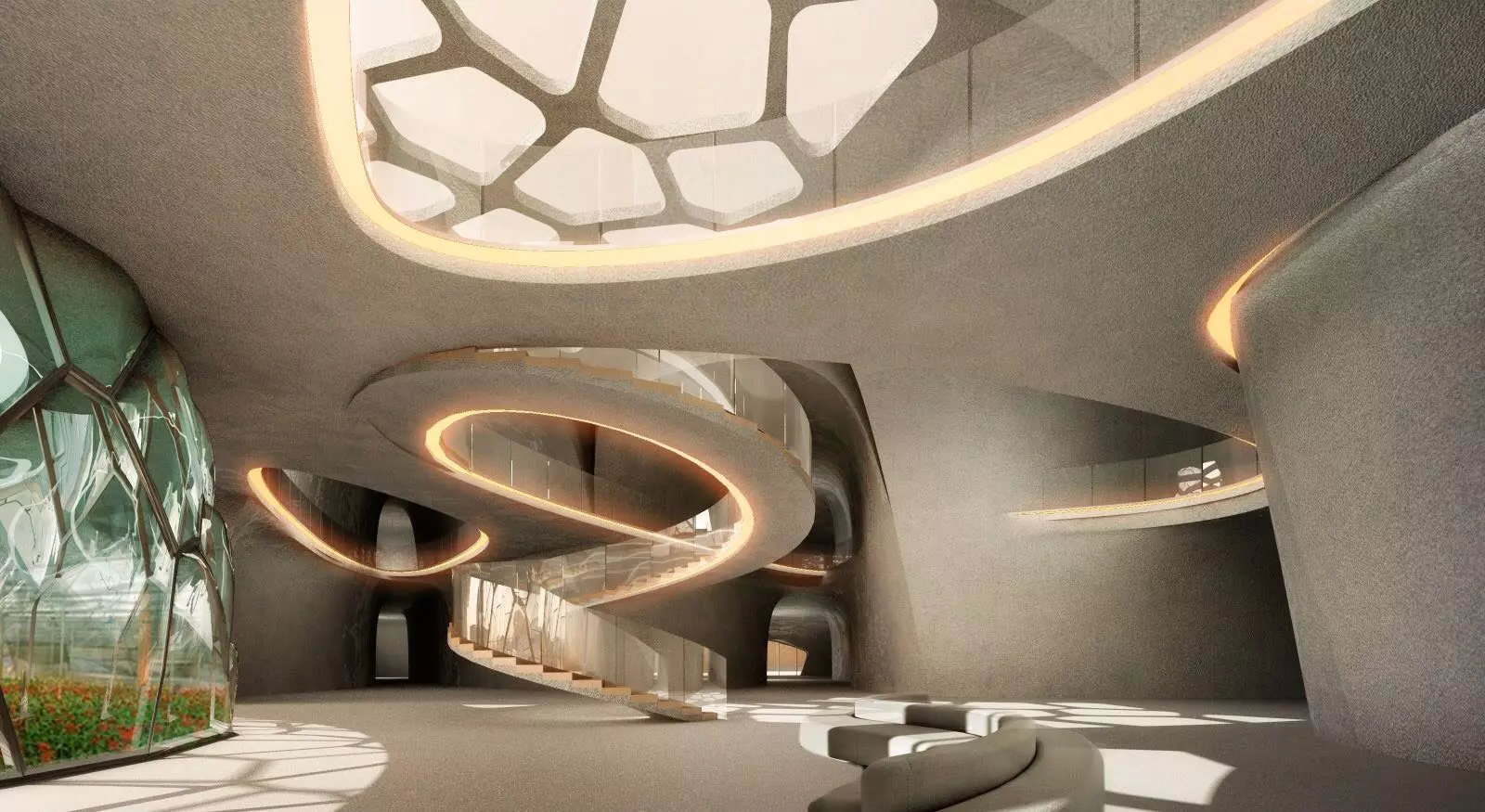
A little town out of orbit!
COLLABORATION WITH NASA
"A long-term sustainable settlement on Mars or the Moon It will only be practical if we do research on Earth and actually test the feasibility of different systems." said Greg Autry, Director of the SoCal Commercial Spaceflight Initiative and former White House Liaison at NASA.
Interstellar Lab has been working very closely with NASA in recent months. From water treatment, plant growth systems to 3D printing technologies and the analysis of human behavior in a closed environment, there are many areas of collaboration between the two entities.
Currently construction of the second EBIOS is being explored at the Kennedy Space Center, They believe there are very strong synergies between Interstellar Lab, the state of Florida, local universities and KSC."
The opening of the first EBIOS is expected to be in December 2021.
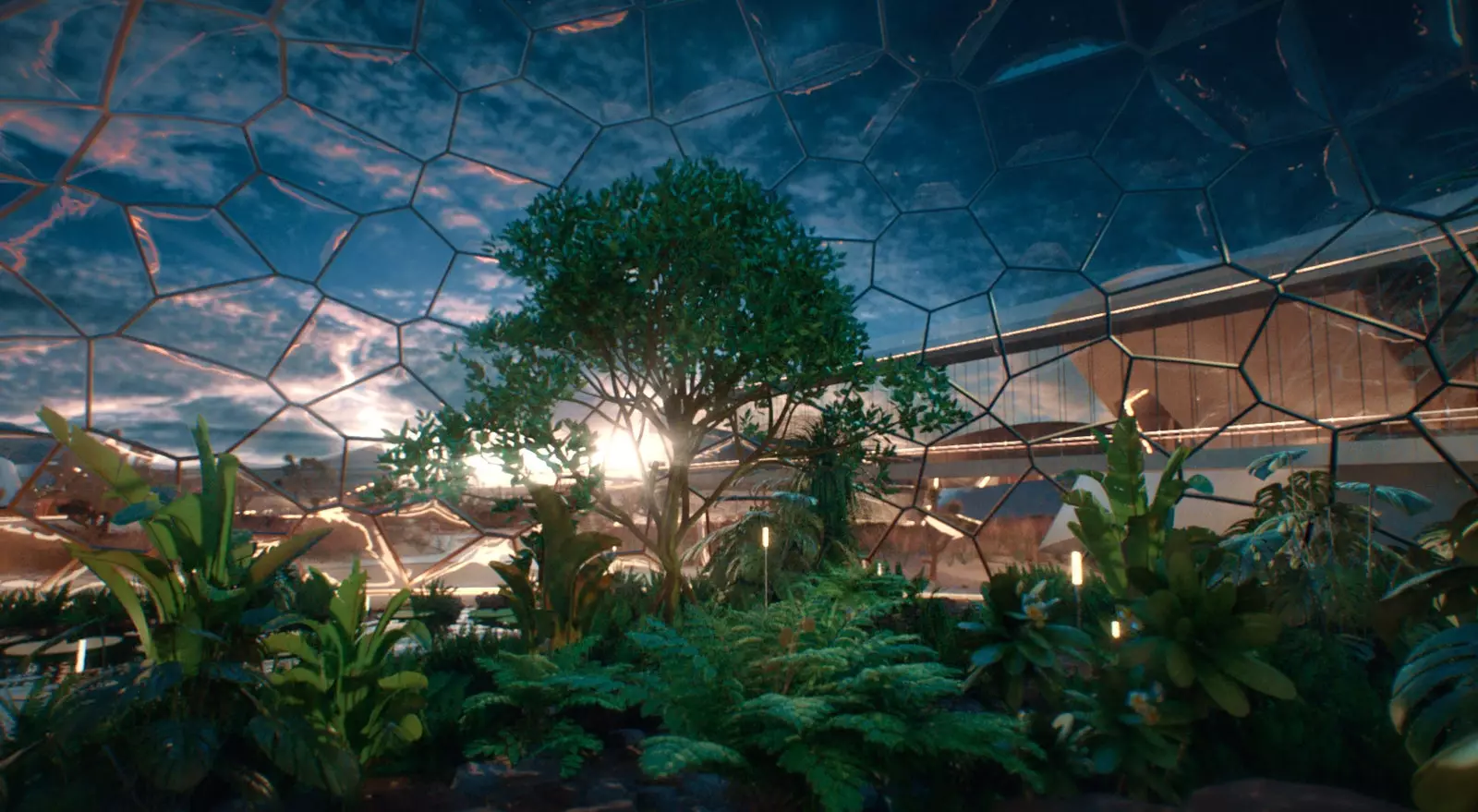
The first self-sustaining and bio-regenerative terrestrial village will open in 2021
